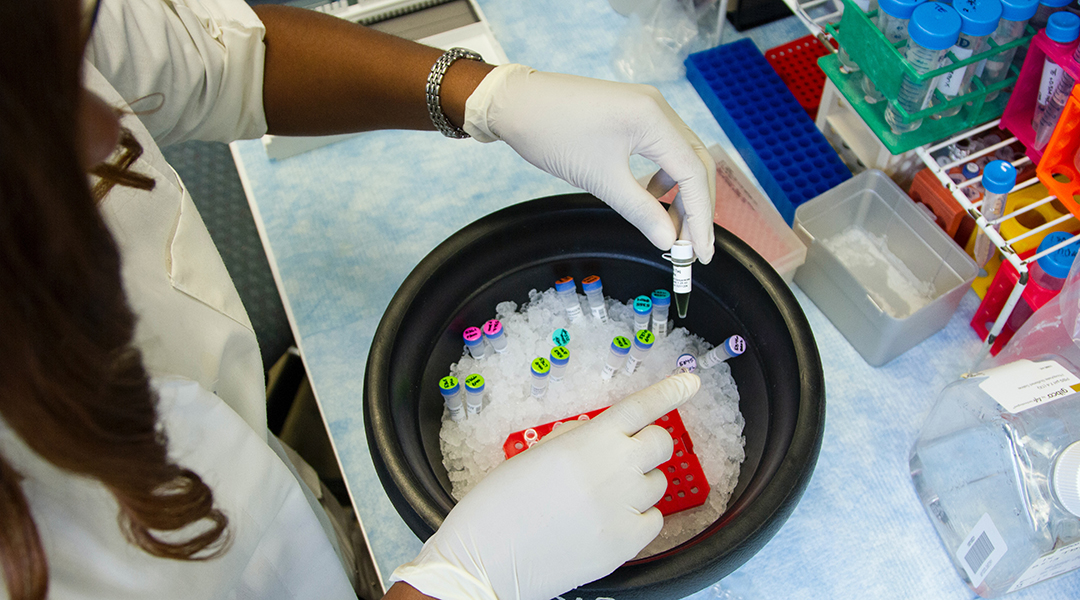Gene therapy restores hearing in children with hereditary deafness; ongoing trials show promise for widespread application.


Gene therapy restores hearing in children with hereditary deafness; ongoing trials show promise for widespread application.

A new theory suggests dinosaurs’ impact on early mammals’ evolution may explain variations in aging among present-day animals.

Scientists reveal a new mechanism by which plants chase the Sun and bend their primary stem to optimize light capture.

Many biopsies may soon be avoidable with the advent of an accurate biosensor for prostate cancer that detects biomarkers in the blood.

New findings point to the crucial role that mRNA modifications play in how the body regulates pain-related molecules.

Scientists have unearthed a well-preserved microscopic fossil in Western Australia, challenging timelines and hinting at early eukaryotic life after the Great Oxidation Event 2.4 billion years ago.

New research lays out the future of a pioneering form of electromagnetic imaging.

In a world first, UK authorities grant regulatory approval for a CRISPR gene therapy targeting sickle cell disease and β-thalassemia.

Click chemistry spins bacterial-produced spider silk into a biomedical marvel, promising innovations in fiber optics, wound healing, and tissue regeneration.

Scientists find unique amino acid patterns linked to aging, offering insights that may help extend our healthspan.